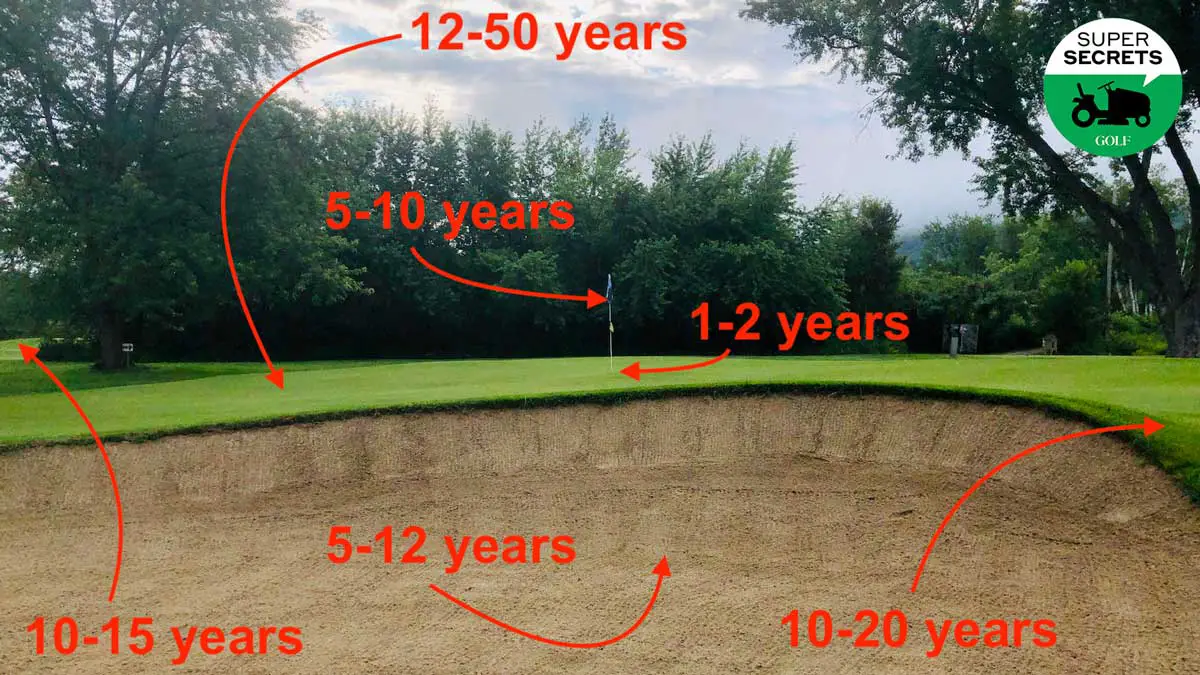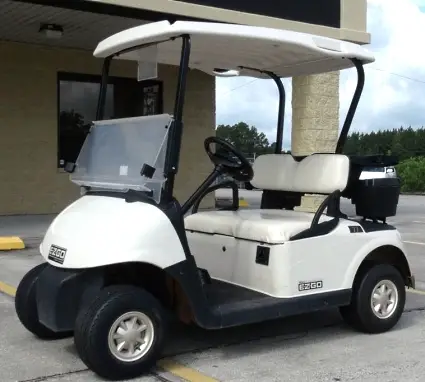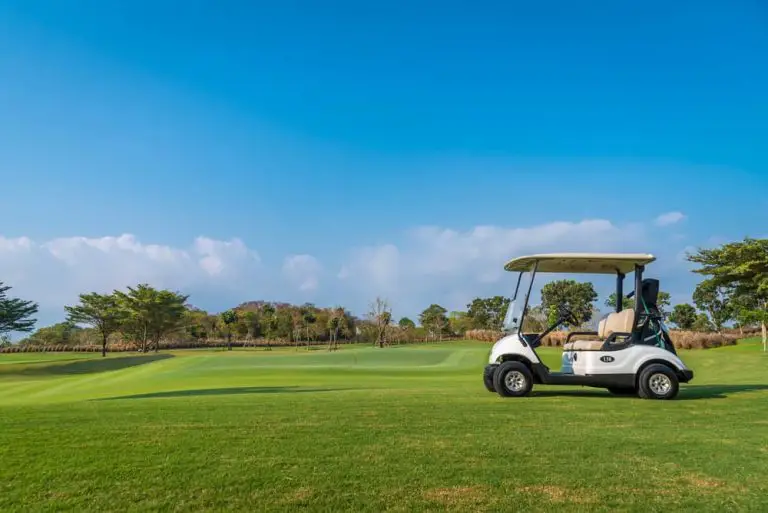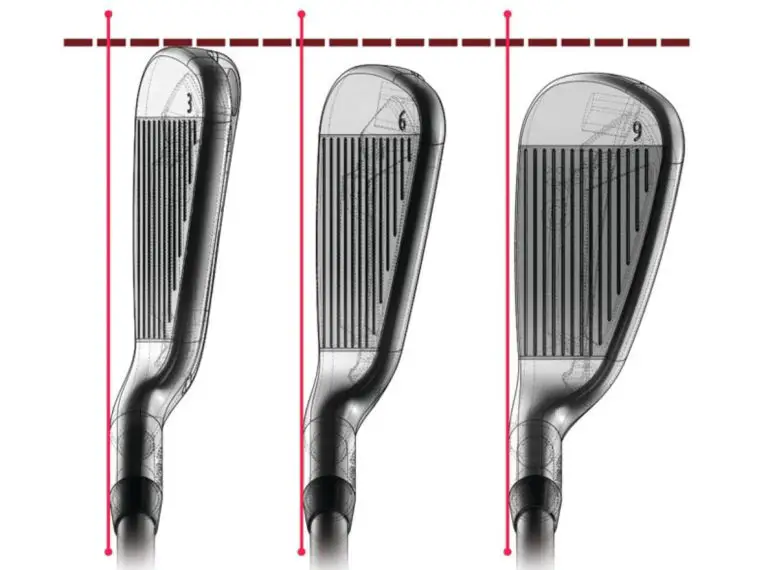Parts Of A Golf Course

Golf is a sport that has been enjoyed by people for centuries. It is a game of skill and strategy that requires players to navigate through a series of holes using the least amount of strokes possible. Golf courses are meticulously designed to provide a challenging and engaging experience for players of all skill levels.
To fully appreciate the game of golf, it is important to understand the different parts of a golf course. Each element of the course has its own unique characteristics that can impact the play of the game. From the tee box to the clubhouse, every part of the golf course plays a crucial role in creating a memorable golfing experience.
The tee box is the starting point for each hole on the course. It is where the player takes their first shot and sets the tone for the rest of the hole. The fairway is the area of grass between the tee box and the green. It is the primary area of play for most golf shots, and it is typically cut shorter than the rough. The rough is the area surrounding the fairway, and it is typically longer and thicker than the fairway.
The green is the area where the hole is located. It is the ultimate goal for every golfer and requires precision and finesse to putt the ball successfully. Bunkers, water hazards, and out of bounds areas are common hazards found on golf courses, adding an additional layer of challenge to the game. The putting green surrounds and cart path are also important elements of the course.
In this article, we will explore the different parts of a golf course in depth, including their significance and how they impact the play of the game. Whether you are a seasoned golfer or a beginner, understanding the different parts of a golf course can enhance your enjoyment of the game and help you develop a winning strategy.

The Tee Box
The tee box is the starting point for each hole on a golf course. It is a flat, rectangular area located at the beginning of each hole. Tee boxes can be made of grass or artificial turf, and they come in various sizes depending on the level of play.
The placement of the tee box is crucial to the difficulty of the hole. The farther away the tee box is from the hole, the more difficult the hole becomes. The position of the tee box also determines the angle of approach for the player, which can impact the strategy for the hole.
The Fairway
The fairway is the area of grass between the tee box and the green. It is the primary area of play for most golf shots, and it is typically cut shorter than the rough. The grass on the fairway is usually of a higher quality than the rough, which makes it easier for golfers to hit their ball cleanly.
There are different types of grass used on fairways, including Bermuda grass, bentgrass, and zoysia grass. Each type of grass has its own unique characteristics that can impact the play of the game.
Maintaining the fairway is crucial to the overall condition of the golf course. Regular mowing, fertilizing, and watering are essential to keeping the fairway in top condition. Fairway bunkers are also a common hazard found on golf courses.
The Rough
The rough is the area surrounding the fairway. It is typically longer and thicker than the fairway, which makes it more challenging to hit a ball from this area. The grass on the rough can be of different lengths and textures, which adds an additional layer of difficulty for players.
The rough can also contain various hazards such as trees, bushes, and other obstacles. Depending on the severity of the hazard, it can be considered a penalty for the player if their ball ends up in the rough.
The Green
The green is the area where the hole is located. It is typically the smoothest and shortest grass on the course. The grass on the green is usually cut very short to allow for a smooth roll of the ball. The slope and undulation of the green can significantly impact the play of the game.
Different types of grass can be used on the green, including creeping bentgrass, Bermuda grass, and poa annua. The type of grass used can impact the speed and smoothness of the green.
Putting etiquette is an essential part of the game. Players must repair any divots or ball marks they make on the green to ensure it remains in good condition for future players.
The Bunker
A bunker is a hazard found on a golf course. It is typically a shallow pit filled with sand. Bunkers can be found in various locations on the course, including the fairway and around the green.
Bunkers can be challenging to play out of, as the sand can significantly impact the trajectory of the ball. Rules for playing out of a bunker include not grounding the club in the sand before the swing and taking a penalty if the ball comes to rest outside of the bunker.
The Water Hazard
Water hazards are common on golf courses, and they add an additional layer of challenge to the game. A water hazard can be a pond, lake, or stream that is located along the fairway or around the green.
If a player’s ball lands in a water hazard, they must take a penalty stroke and replay the shot from the previous position. Depending on the severity of the water hazard, players may choose to take a different route to avoid it.
The Out of Bounds Area
An out of bounds area is a designated area on a golf course where a player cannot play from. Out of bounds areas are typically marked with white stakes or lines. If a player’s ball lands out of bounds, they must take a penalty stroke and replay the shot from the previous position.
The Putting Green Surrounds
The putting green surrounds are the area of grass surrounding the green. The grass on the putting green surrounds is typically shorter than the rough, but longer than the green itself.
Maintaining the putting green surrounds is important, as it can impact the play of the game. Different types of grass can be used on the putting green surrounds, including ryegrass and fescue grass.
The Cart Path
The cart path is a designated area for golf carts to travel on. It is typically made of concrete or asphalt and runs along the fairways and around the greens. The cart path helps protect the course from damage caused by golf carts.
Rules for using the cart path include keeping the golf cart on the path as much as possible and avoiding driving on the greens or tees.
The Clubhouse
The clubhouse is the central hub of a golf course. It typically houses the pro shop, restaurant, and other amenities for golfers. The clubhouse is where golfers check in before their round and where they can relax after their game.
The pro shop is where golfers can purchase equipment and apparel for their game. The restaurant provides food and beverage options for golfers, and it can be a great place to socialize with other golfers after a round.
Conclusion
Golf courses are designed to provide a challenging and engaging experience for golfers of all skill levels. Understanding the different parts of a golf course can enhance the enjoyment of the game and help players develop a strategy for each hole. From the tee box to the clubhouse, every part of the golf course plays a crucial role in creating a memorable golfing experience.






